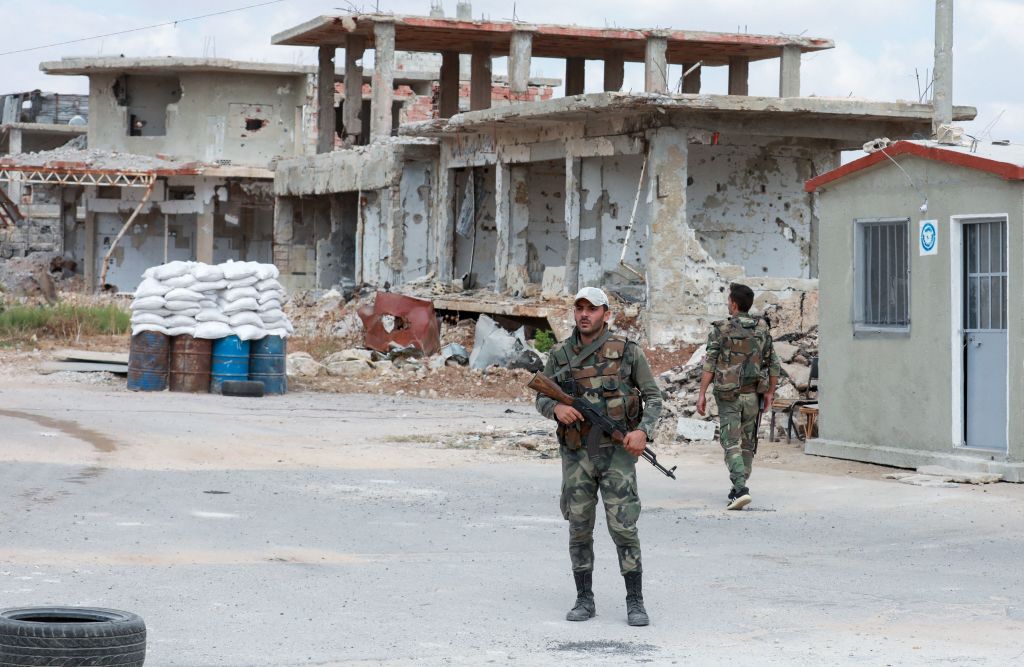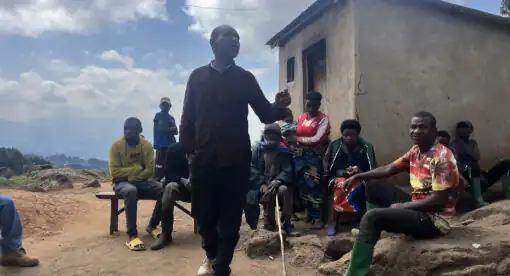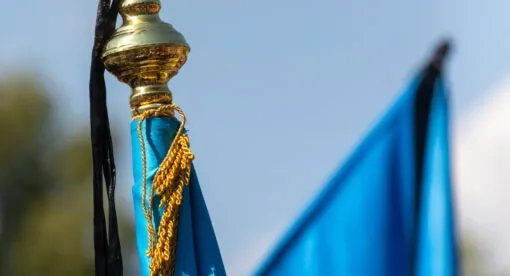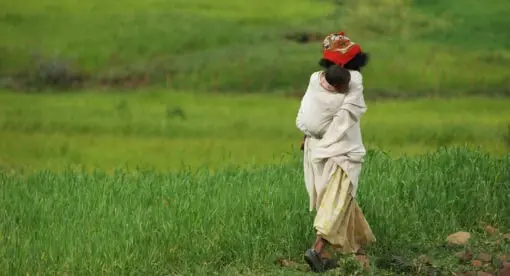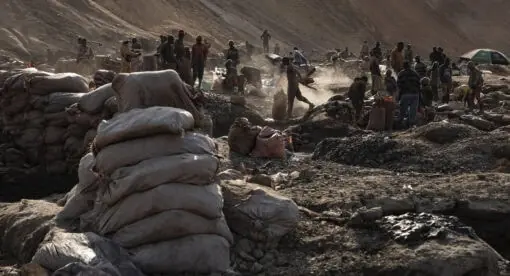The Syrian military’s elite 4th Division has developed into a parastate under the watch of the authorities in Damascus. The group has an interest in using paramilitarism (including warlord structures and organized crime) to gain influence and has honed its ability to appropriate traditional state institutions to extend this influence. Studying the 4th Division bears importance beyond Syria’s borders because it is a good example of a state criminal nexus and highlights a political phenomenon that threatens regional and global stability. In Syria, militarization has been used to subjugate and co-opt important elements of society. Military institutions – the Syrian Arab Army (SAA) and its elite units – perhaps shaped the interaction between society and the regime through systematic militarization of important civil institutions: hospitals, schools, etc. And though the elite units embodied the image of the ultimate power in the public consciousness, it remained the subject of myth and rumor for decades, as did most of its commanders, who are either related to the Assad family or are members of his inner circle. The 2011 conflict presented an opportunity for researchers to shed light on misconceptions about these units and enable a different understanding of their organization, structure, and mobilization. Yet the
studies rarely touched upon the influence the war has had on these units’ organizational forms and on their tactics of recruitment and mobilization. What factors drove the change of these mechanisms? When and why did these units mobilize civilians into paramilitary and militia involvement? And how did these changes mirror the shift of these units’ role in the war and the balance of power? Moreover, the 4th Division surfaced as an indispensable partner to the regime’s foreign allies, yet the dynamics of these relationships are ambiguous – and there are questions about when and why the ambiguity evolved. To answer these questions and shed light on the 4th Division’s practices and elite divisions’ role in the Assad regime, the authors used primary sources such as covert ethnographic interviews with 25 members of the 4th Division, Republican Guards, intelligence, and paramilitary groups, as well as literature, memoirs, media reports, and open-source data.
